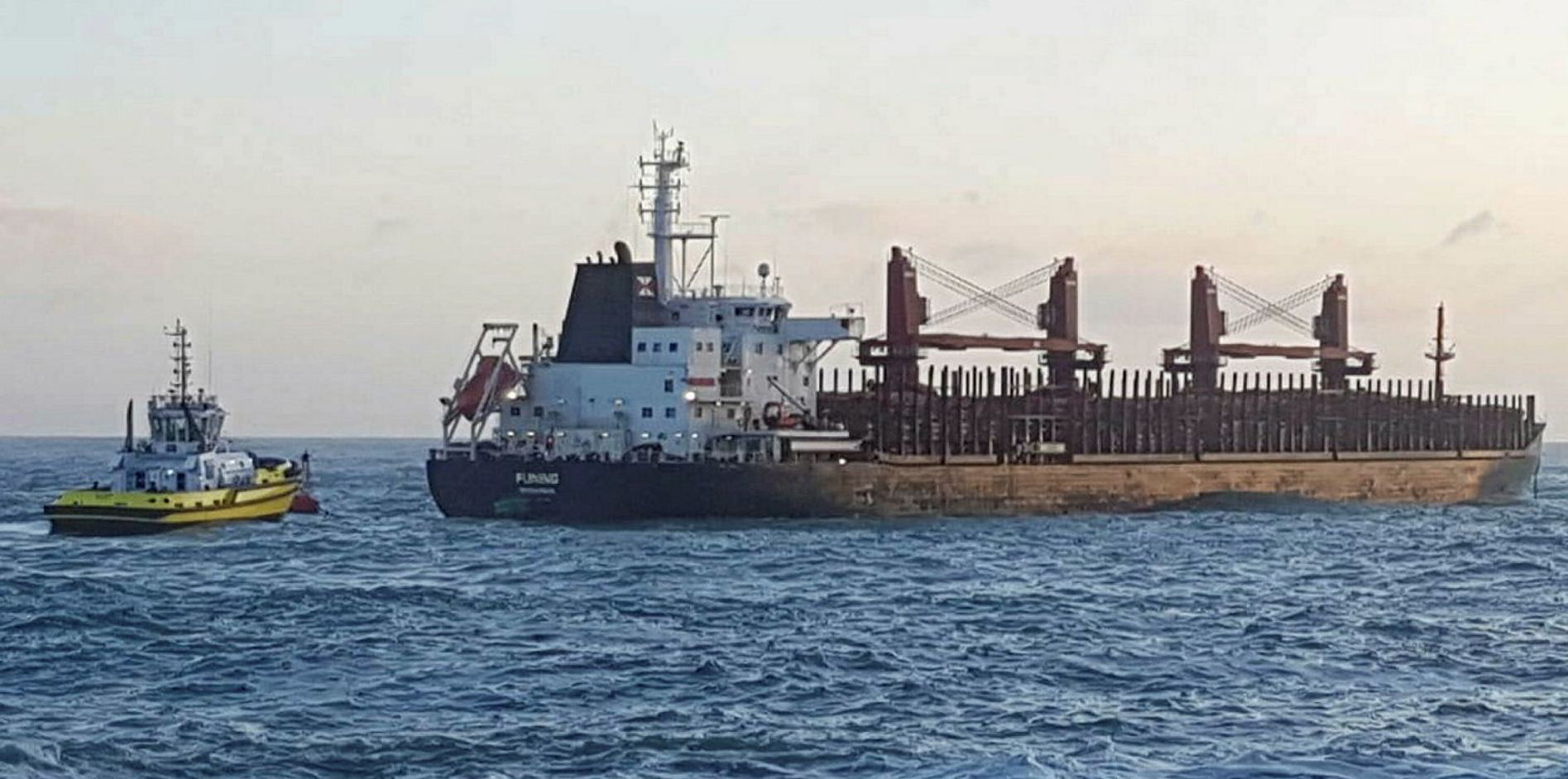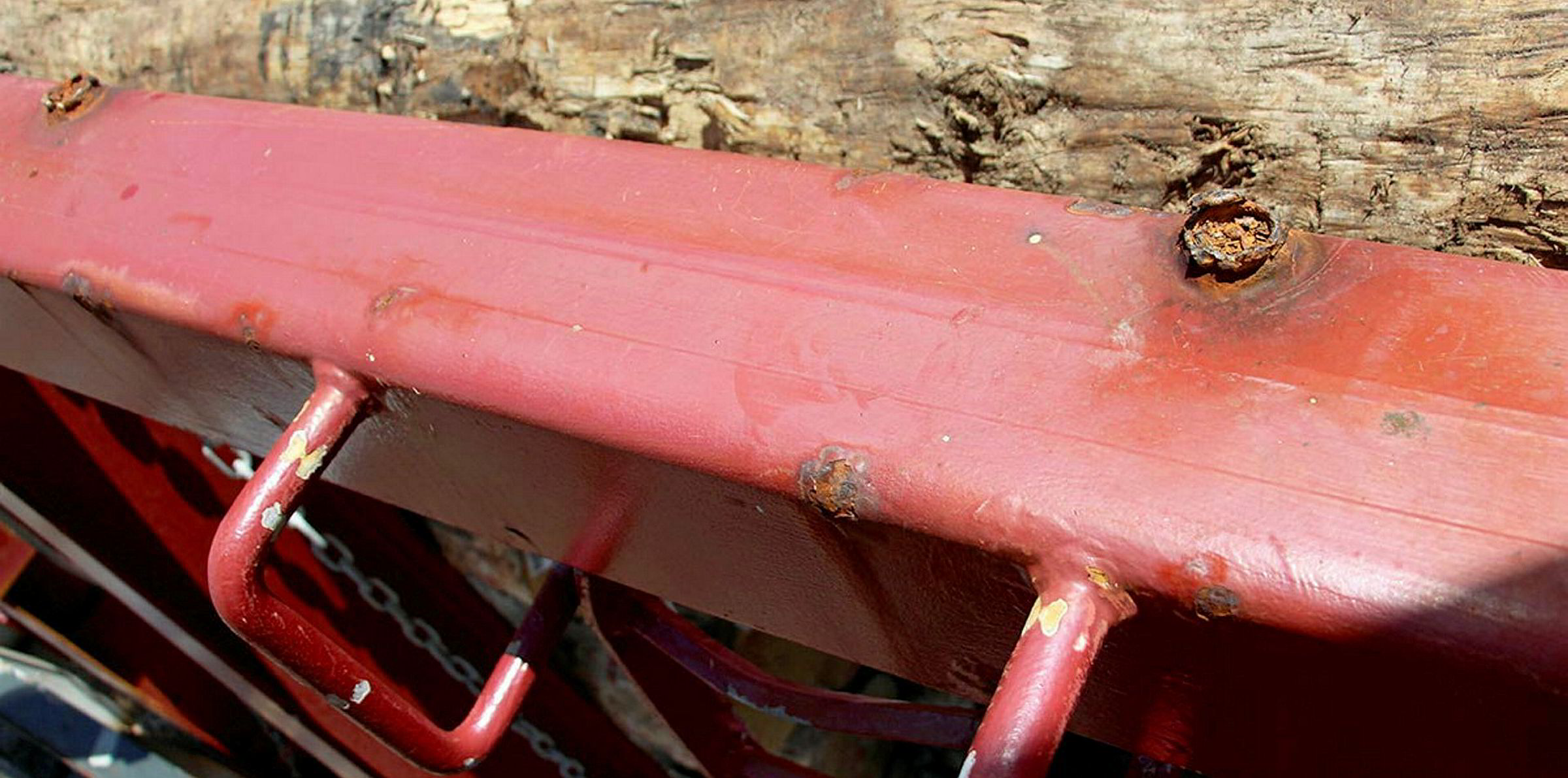The captain and chief engineer of a China Navigation log-carrier have been fined for their part in a grounding in New Zealand.
The 39,784-dwt Funing (built 2015) suffered an engine failure on 6 July while leaving the Port of Tauranga with a maritime pilot on board.
Master Liang Guang Hong and chief engineer Chameekara Prasad Nanayakkara both entered guilty pleas in the Tauranga District Court to charges brought by Maritime New Zealand (Maritime NZ) under the Maritime Transport Act 1994.
The two men were each fined NZD 3,250 ($2,185) and ordered to pay NZD 130 in court costs after pleading guilty to one charge of operating the vessel “in a manner which caused unnecessary danger or risk to other persons or property, including the passengers and crew of the Funing”.
The maximum penalty for both charges was 12 months’ imprisonment or a NZD 10,000 fine.
An investigation by Maritime NZ found that the Singapore-flagged ship lost power and passed over a channel marker with the propeller becoming caught in the marker chain, before making contact with a sand bar in the Tauranga Harbour channel.
Michael-Paul Abbott, Maritime NZ’s central region compliance manager said following a series of checks on the engine of the Funing prior to its departure from the Port of Tauranga, a problem was found with the fuel quantity pistons.
The maritime investigation proved that the master knew there was an issue with the main engine prior to departure and [he] failed to notify the pilot that there was a problem
Maritime NZ
At this time, the wind was said to be gusting 15 to 30 knots with the wave height approaching 4 metres and rain had reduced visibility.
“The problem started when one of the engine’s fuel quantity pistons indicated an error, which means that if this isn’t addressed, the engine’s power will be reduced — which is power it needs when exiting the narrow harbour entrance.”
In the hours leading up to the engine failure, the chief engineer is said to have “tested the affected parts a number of times, each time triggering an alarm suggesting the problem had not been rectified”.
Maritime NZ said the decision was then made to override the mechanism that automatically slows down the vessel in the event of a problem with the engine, as an attempted precautionary measure.
The pilot subsequently come on board around midnight and the master is said to have handed him the pilot card which indicated that there were “no issues affecting a safe departure”.
But as the ship tried to increase speed on leaving port, the chief engineer is said to have realised that there was “still a problem with one of the fuel quantity pistons and that the engine was not responding with the shift to full ahead”.
The pilot is said to have asked the master “several times” why the ship was going slowly, but “did not receive a clear explanation”, according to Abbott.
As a result, the number two engine cylinder is said to have lost all power, and during this time the wind and swell had increased.
The main engine later stopped after the propeller became entangled with the channel marker while the stern swung around and come into contact with the sand bank.
Abbott said the maritime investigation and subsequent prosecution “proved that the master knew there was an issue” with the main engine prior to departure and “failed to notify the pilot that there was a problem”.
“The chief engineer was also proven to have failed to retest the main engine to ensure it was operating on all five cylinders after attending to the fuel quantity piston error,” he added.
In a statement issued to TradeWinds, China Navigation said it was “grateful for the assistance provided by Maritime New Zealand and the Port of Tauranga”.
“Safety will always remain our priority and we will continue to maintain the highest standards of safety and operational risk management at all times,” a spokesman said.






